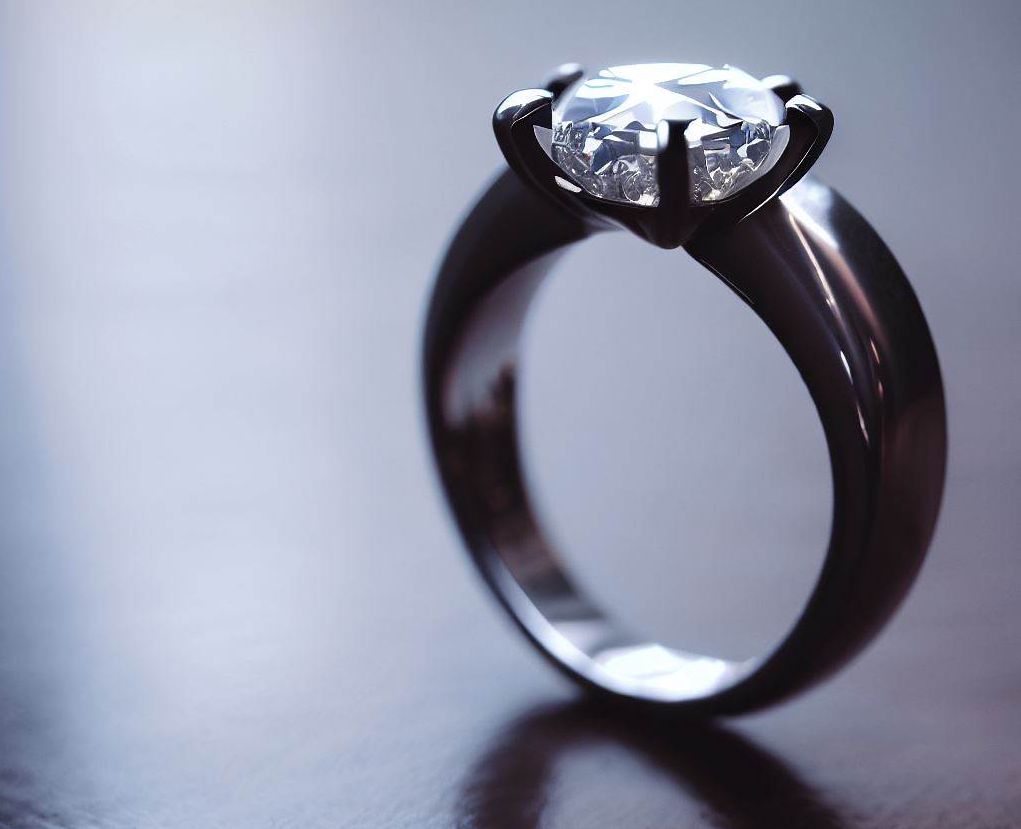Gold – a single word that conjures images of wealth, power, and beauty. From ancient civilizations to modern pop culture, gold has retained its allure and significance throughout the centuries. Gold jewelry, in particular, manifests this fascination, often symbolizing prestige, divinity, and love. But there’s so much more to gold jewelry than meets the eye. Each piece of gold jewelry has a unique story, from its therapeutic properties and intricate craftsmanship to its deep cultural symbolism and environmental impact. So, let’s embark on an enlightening journey, unveiling fifteen intriguing facts about gold jewelry that showcase the depths of its rich history and the heights of its lasting legacy.
- Gold Karat: Gold jewelry is often described as “karat”. This term refers to the amount of gold in a piece of jewelry, with 24 karat being pure gold. However, pure gold is too soft for everyday wear, so it’s often mixed with other metals to improve durability. A 14-karat piece, for instance, is 58.3% gold, and an 18-karat piece is 75% gold.
- Color Variations: The color of gold jewelry can vary based on the other metals used in the alloy. Yellow gold is the purest color and is made by mixing gold with metals like copper and zinc. White gold is made by combining gold with palladium or nickel. Rose gold, on the other hand, gets its pinkish hue from a higher proportion of copper.
- Hallmarking: Hallmarks are tiny imprints stamped on gold jewelry to signify authenticity and quality. They usually contain information such as the karat of the gold, the manufacturer’s mark, and sometimes the country of origin.
- Cultural Significance: Gold jewelry holds immense cultural and symbolic significance in many societies worldwide. For instance, in India, gold jewelry is not only a sign of wealth and status, but it’s also considered auspicious and is a vital part of wedding rituals. Similarly, in Ancient Egypt, gold was believed to bring divine protection and was used in the burial process of pharaohs and queens.
- Investment Value: Gold jewelry is often bought as an investment. Gold has been a store of value for thousands of years and retains its worth over time. During economic uncertainty, many people turn to gold jewelry as a more stable investment than stocks or other volatile markets.
- Healing Properties: Some people believe in the therapeutic properties of gold. It’s been suggested that gold jewelry can improve blood circulation, regulate body temperature, and even help heal wounds. However, these claims lack robust scientific evidence.
- First Known Gold Jewelry: The first known gold jewelry was created by the Sumer civilization in Mesopotamia around 3000 BC. The Egyptians also began using gold extensively for jewelry around the same period.
- Historical Significance: Gold has been used to signify status and power throughout history. In ancient Rome, for example, only certain ranks could wear gold rings. Similarly, during the Middle Ages, sumptuary laws often regulated who could wear gold and other precious materials.
- Symbolism in Literature and Art: Gold jewelry often carries symbolic meaning in literature and art. It can represent wealth, power, greed, or divine favor in many works. It’s common in myths, legends, and fairy tales worldwide.
- Gold in Pop Culture: Gold jewelry plays a significant role in pop culture. From Elvis Presley’s iconic gold lamé suit to Mr. T’s gold chains, gold has become a status symbol and flamboyance in the music and entertainment industry.
In conclusion, gold jewelry isn’t just about its mesmerizing aesthetic appeal or inherent monetary value. It’s a multifaceted entity deeply rooted in our historical, cultural, and scientific landscapes. Its journey from the ancient civilizations of Sumer and Egypt to modern pop culture is truly fascinating, encompassing varied techniques, symbolic meanings, and much more.
Remember, when you look at a piece of gold jewelry, you’re not just looking at a beautiful accessory. You’re looking at a remarkable intersection of history, culture, art, and science – a golden testament to human creativity and ambition.

Professional jewelry journalist, blends Art History and Journalism degrees to provide insightful, vivid, and comprehensive narratives in the realm of jewelry. Known for interviewing industry bigwigs and covering international shows, Anna’s work is a beacon for both professionals and enthusiasts. A cherished gem in jewelry journalism.




